If you are new to the baking world, you may be overwhelmed with just how many varieties exist of the same ingredient.
For instance, flour is one ingredient that comes in many strengths and types, each meant for unique baking purposes.
And you may well be wondering – what is strong flour?
What makes strong flour “strong?” Why are other kinds of flour “weaker” anyway? Are there limitations to what “weaker” flours can make?
Let’s take a look at what strong flour really is and what you can make with this type of flour. By the time we’ve finished, you’ll be better equipped for tackling kitchen adventures with flours of many different strengths and types.
What Is Strong Flour?
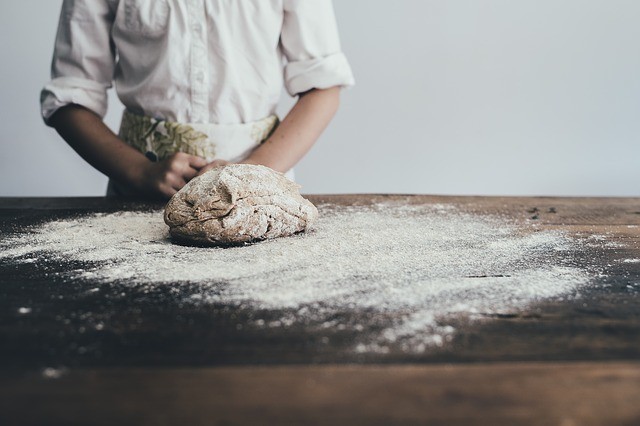
Farmers and millers both categorize wheat as either “hard” wheat or “soft” wheat, depending on the amount of protein in the grain.
Hard wheats contain high protein content, while soft wheats have lower gluten content. As a result, wheat flour is made up of between 64 to 74 percent starch and 9 to 15 percent protein.
To put it simply, strong flour is flour made from hard, high-protein varieties of wheat, which have higher gluten content than other flours.
The more gluten found within it, the stronger the flour.
The Value of Gluten
Gluten is a natural protein found in wheat that gives bread and other baked goods their bubbly, spongy texture. There are actually two types of gluten found in the wheat berry: gliadin and glutenin. When you mix wheat flour (of any strength) with water and yeast, these proteins then form gluten.
Gluten’s elasticity enables the dough to rise, helping baked goods to better retain their shape when cooked. As such, strong flour is your best and first choice when making bread.
To make cakes and other pastries, on the other hand, your dough needs to be less elastic – or have less gluten, using a “weaker” flour.
Flour Strength Index
It may still be difficult for novices to really grasp how using strong white flour can affect the outcome of your bread or other baked goods. As such, most professional bakers often refer to the W index.
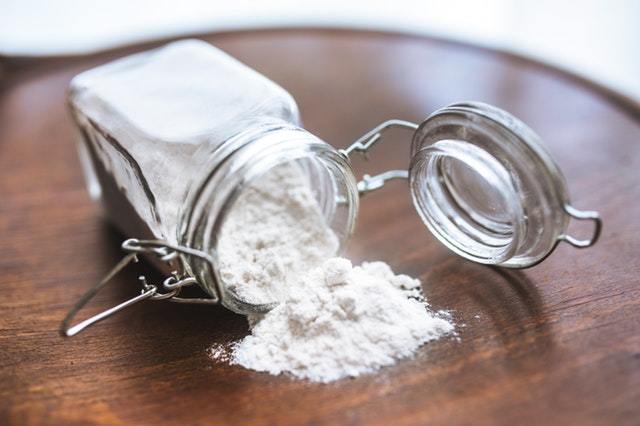
First introduced in 1921 through a device known as the Alveograph Chopin, the W index measures flour strength in a more tangible and accessible way.
Casual and professional bakers alike can take a glance and quickly understand the ingredients they’re working with.
- Flours between 90 and 160 W are considered “weak” flours. These have a low protein content, usually around 9%, and are mainly used to make biscuits and cakes.
- Flours between 160 and 250 W are medium-strength flours. They are used to bake things like Pugliese bread, pizza, and focaccia.
- Flours that are greater than 300 W are considered “strong” flours, due to their resistance to gluten deformation. Generally, the longer a baked good needs to rise, the higher W flour you should use.
Of course, flours are never categorized by their Ws in stores, and the index does not really delve into exactly how much protein content each strength has.
An All-Purpose Example
For reference, let’s take a look at all-purpose flour and how it compares to other types.
All-purpose flour has about 12 percent gluten content, which makes it a medium-strength flour. Medium flours are great for most baked goods, from bread to cookies to cakes to pastries – hence the “all-purpose” label.
While all-purpose flour is ideal for general baking, the more discerning professional baker uses specific flours like bread flour, cake flour, or pastry flour for their creations.
Strong bread flour has around 13 to 14 percent gluten content, with the ideal percentage being around 15 percent. It’s rather impressive how such a small percentage in gluten content can substantially alter the strength.
Here’s a video with more information on strong flour.
Flour Strength in Other Countries
Not all types of flours are marketed the same way all over the world. One country’s definition of all-purpose flour, for instance, may differ from another country’s.
While the W index is a universal flour strength guide, truthfully, only professional bakers adhere to it.
There are no standardized flour types anywhere in the world, and each type may have a different name, depending on the country you find them in.
The United Kingdom
For instance, in the UK, the plain flour they sell in their markets is not equivalent to all-purpose flour found everywhere in the US.
Their grains are too soft, and so their version of “all-purpose” flour is actually on the weaker side than your typical American scale.
If you want to bake your own bread, you’ll have to go out of your way to buy specialized strong bread flour, which may be much harder to find in the UK than in the US.
This is because the hard wheat that makes up strong flour do not grow very well (if at all) in the UK’s climate.
Holland
Holland’s flour situation is even more confusing. Most of their flour tends to be very white, old, and far too soft to be useful for baking bread (much like in the UK).
They often advertise their flour as “whole wheat” like in America, but that means the same as the UK term “whole meal”. To make matters even more complicated, the term “whole meal” can also refer to the use of other grains in the flour.
Luckily, most countries are legally required to put nutrition labels on their flour packages, many of which contain the exact amount of protein content each brand holds.
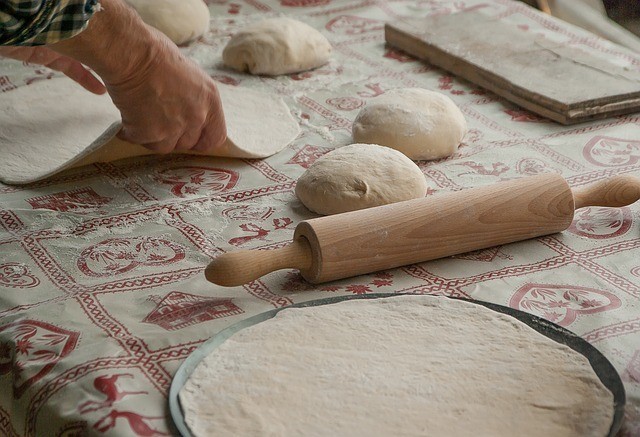
What Can You Make With Strong Flour?
- Soft flour has a much finer, crumblier texture than strong flour. It’s usually divided into either cake flour or pastry flour, depending on the gluten content. A good example of a softer flour is 00 flour.
- Cake flour has the lowest gluten content among all the types of flour, ranging from around 7.5 to 9 percent gluten. It’s also much whiter in color than stronger flours. As its name implies, you can use it to bake more tender cakes and pastries.
- Pastry flour is stronger than cake flour, containing about 9 to 10 percent gluten. This flour can be used to make a range of pastries, like biscuits, muffins, and cookies, as well as specialized doughs, like pie doughs and softer yeast doughs. It is a slightly more off-white color than cake flour.
- Medium-strength flours (like the aforementioned all-purpose flour) can be used to make nearly any baked good—even bread, if the protein content is high enough. Despite this, it is still best to use strong bread flour if you want a chewier, hearty bread.
- Strong (or whole wheat) flours can come in two varieties: 100 percent whole wheat flour, which is made from hulled red wheat grain, and white whole wheat flour, which is made from hulled white spring wheat. Both types provide you with more nutrients and fiber than all-purpose flour, with the trade-off of it having a much shorter shelf life.
The main differences between these two strong flours are in their resulting textures, taste, and the colors they create.
Funnily enough, 100 percent whole wheat flour is actually mixed with all-purpose flour to give baked goods a lighter texture and better rise. White whole wheat flour, on the other hand, gives baked goods a milder taste and lighter color.
The average bread flour that you find at the supermarket could be either of these options. As such, pay close attention to the type of strong flour you buy if you have a preference for how your baked goods turn out.
Most people use strong flours to bake heavier bread and baked goods. You could also make Italian dishes like pizza, focaccia, and fresh pasta.
Can You Use Strong Flour in a Bread Machine?
Some bread maker recipe books state that you need to use bread machine flour (which is basically regular bread flour) in order to achieve the best results.
However, there is actually no specific strength that works best in a bread machine. What matters most when making bread in a machine is the quality of the flour you use.
See more: types of flour for bread machines
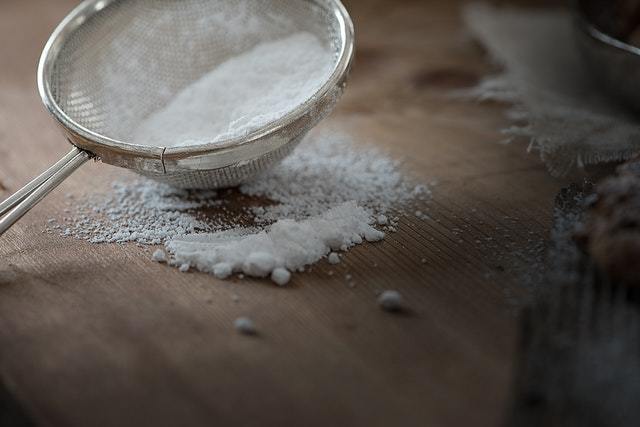
High vs. Low Quality Flour
Using high-quality bread flour can actually make a very large and noticeable difference. This is because most high-quality bread flours have more protein than ones that are lower in quality, making for far better loaves.
Low-quality flours will result in bread loaves that taste different, rise unevenly, and lack the nutrients found in better flours. Some may even collapse completely.
Certain brands of all-purpose flour have higher protein counts, so if you are concerned more on your rise and shape of your bread, then feel free to use a high-quality all-purpose flour instead of bread flour. Or, perhaps use a combination of both!
However, if you want to create a far denser bread, then using high-quality whole wheat flour is your best bet.
Consider Your Type of Bread
You should also consider the kind of bread you want to make in your bread machine.
Different brands of flour suit different flavors of bread, so you should choose a brand that matches the recipe you have in mind, whether it be a sweeter bread or one full of herbs.
Flours to Avoid
Flours you should absolutely avoid are ones that have been bleached or “whitened” (which is, essentially, another way of saying bleached).
The bleaching process will severely reduce the amounts of vitamins and nutrients you would normally receive, and will turn your bread snow white as a result.
It’s aesthetically pleasing, but does little for your health.
A Note on Gluten-Free Recipes
There are plenty of gluten-free recipes you can make in your bread maker. However, is it impossible to make good bread without the gluten found in strong flour? Isn’t that crucial to all types of bread?
Yes and no.
It can be tricky finding a gluten-free flour that can replace the high protein content found in gluten.
Even gluten-free flours that have higher than average protein content, like soy or almond flours, only measure up to the more medium-strength flours that contain gluten.
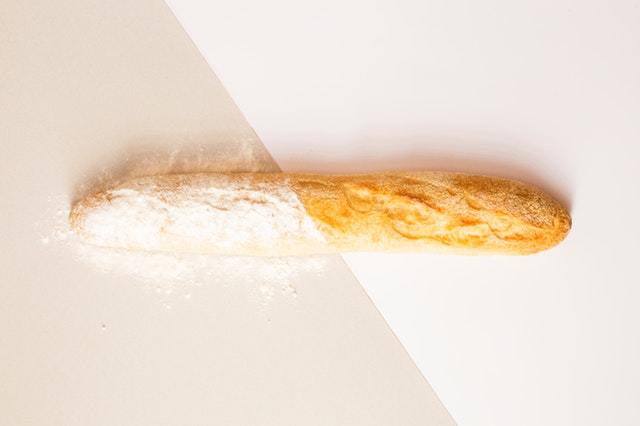
Use Specific Gluten-Free Machines
When baking gluten-free bread in your machine, just know that it will not bake the same as gluten-rich bread.
Gluten-free doughs tend to be naturally denser, and the resulting bread may not be as light or as fluffy as you hope. The trade-off is enjoying a food that suits your dietary requirements.
With that said, not all bread machines are equipped to handle the thicker dough. Be sure that your bread machine has strong mixing paddles and specifically advertises its gluten-free compatibility.
Watch for the Right Gluten-Free Brands
There are many gluten-free brands that treat their grains with chemicals just to achieve a lighter texture. While it sounds appealing, these should be avoided, as the chemicals may adversely affect your health.
You should always read the label to ensure you are buying one that has not been treated chemically. Fortunately, there are many health food shops that have great selections of untreated gluten-free flours.
Strong Flour Recipe Ideas
Most bakers choose strong flour solely to make bread. If you’re hoping to dive into this kitchen adventure, here are recipe sources to begin with:
- Snapguide.com, for instance, has a thorough list of great bread, pasta, and dessert recipes that use strong bread flour, which you can try out yourself.
- BBC.com is another great site that provides U.K.-inspired bread, sauces, pizzas, and dessert recipes. From bagels to bannocks to buns to bloomers, they can help you make any baked goods you could ever want!
- Professional bakers can also use strong flour for their own recipes in yeast cookery, enriched doughs, choux pastries, and filo pastries.
This video has more information on different types of flour.
Final Thoughts on Strong Flour
Strong flour is a good, hearty flour for making all kinds of heavier bread and pasta.
Its higher protein content will help your baked goods retain more water, your doughs stretch out further, and your breads to become much richer.
So, now when you’re curious about, “What is strong white flour?” and “Is it right for my recipe?” you know the answer.
Watch the protein content, check your recipe, and be sure your bread machine is designed for the task. All that’s left is to start baking!
What’s your favorite way to use strong flour?
